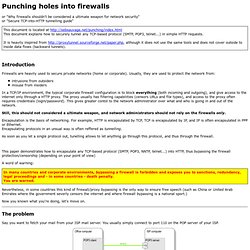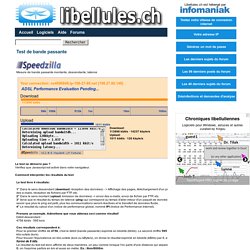

Une brève histoire du Web. « Mac est catholique, Microsoft est protestant*» La fin du Web ?

Pourquoi une histoire du Web ? Ou plutôt, encore une « histoire du WEB » quand le site "commentcamarche" ou WIKIPEDIA nous en disent déjà tout ? En 1999, j'ai eu l'occasion de publier en ligne un petit guide de survie Internet : www.tahitidocs.com/archives/internet/guide.htm Plus de dix plus tard, il me semblait intéressant de revisiter les pratiques. En effet, faute de réelles nouveautés techniques, qu'un simple coup d'œil sur la chronologie ci-dessous montre à l'évidence, l'on nous vend pléthore de concepts plus marketing que scientifiques, de nouveautés qui font pschitt pour peu qu'on les examine de près. . * Chronique de l'Espresso, 1994, Umberto Eco puis Comment voyager avec un saumon, éditions Le livre de poche, 2000 Editorial interstices.info/internet Pour un informaticien, aucune réelle technologie spécifique ni même application réellement nouvelle depuis pas mal d'annnées, mais une lente évolution... source:
GSM/3G/4G/LTE. OneLab. PlanetLab Europe (PLE) A world-wide platform for Internet developers PlanetLab Europe is a network of open computers distributed across the world and available for the development of new network services.

Already used by over 500 experimenters, it is designed to be the most realistic platform available for trial deployment and experimentation, with services such as distributed storage, network mapping, peer-to-peer systems, distributed hash tables and query processing. Hundreds of Linux systems physically distributed across the world are remotely accessible on the public Internet and available to host applications for testing in a real-life environment.
Once you become a member of PlanetLab Europe, you can provision private virtual servers on any of over 1000 PlanetLab nodes. These virtual servers can be used to deploy live Internet services that are exposed to the same issues that arise in genuine production environments: variable bandwidth, diverse latencies, realistic robustness and failure modes. Renater. Punching holes into firewalls. Or "Why firewalls shouldn't be considered a ultimate weapon for network security" or "Secure TCP-into-HTTP tunnelling guide" Introduction Firewalls are heavily used to secure private networks (home or corporate).

Usually, they are used to protect the network from: intrusions from outsidersmisuse from insiders In a TCP/IP environment, the typical corporate firewall configuration is to block everything (both incoming and outgoing), and give access to the internet only through a HTTP proxy. Still, this should not considered a ultimate weapon, and network administrators should not rely on the firewalls only. Encapsulation is the basis of networking. As soon as you let a single protocol out, tunelling allows to let anything go through this protocol, and thus through the firewall. This paper demonstrates how to encapsulate any TCP-based protocol (SMTP, POP3, NNTP, telnet...) into HTTP, thus bypassing the firewall protection/censorship (depending on your point of view) A word of warning:
Mobile World Live. Test de bande passante. Le test ne démarre pas ?

Vérifiez que Javascript est activé dans votre navigateur. Comment interpréter les résultats du test Le test livre 4 résultats: 1° Dans le sens descendant (download: réception des données) - > Affichage des pages, téléchargement d'un programme, réception des e-mails, réception de fichiers par FTP, etc. 2° Dans le sens montant (upload: émission de données) -> envoi des e-mails, envoi de fichier par FTP, etc. 3° Ainsi que le résultat du temps de latence (ping) qui correspond au temps d'aller-retour d'un paquet de données entre deux PC. 4° Le résultat du calcul d'un indice de performance global, nommé IPI (Indice de Performance Internet).
Prenons un exemple. Débit descendant : 4756 kbit/s · 595 ko/s Ces résultats correspondent à: Pour le premier chiffre de 4756, c'est le débit (bande passante) exprimé en kilobits (kbit/s).
Satellite. Submarine Cables / Câble Sous-Marins. Anonymous Network. GIX NAP.